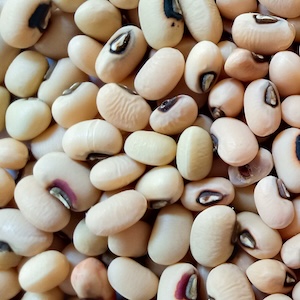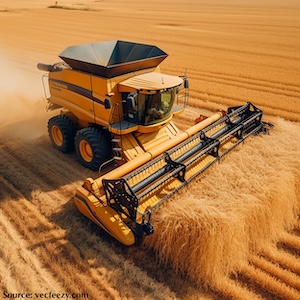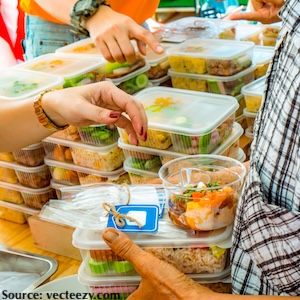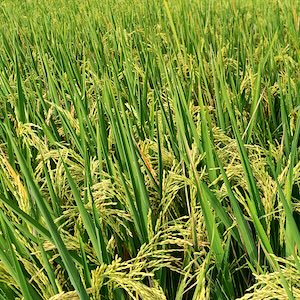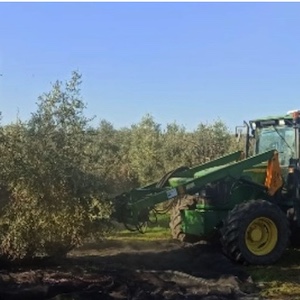Closed tank pneumatic press application to improve Sauvignon Blanc wine quality and nutraceutical properties
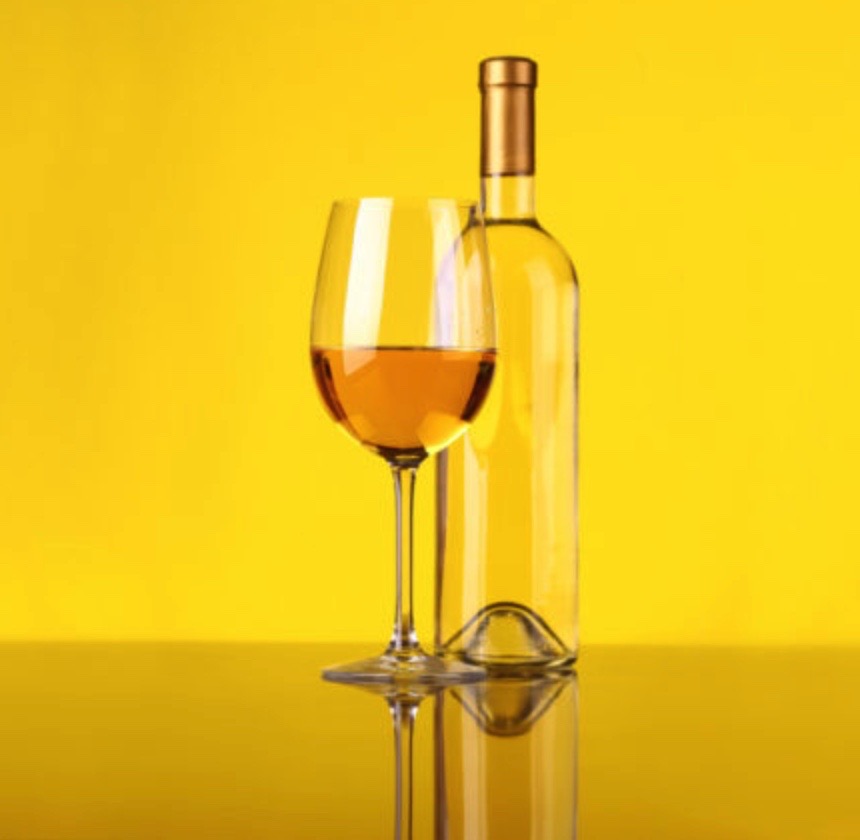
All claims expressed in this article are solely those of the authors and do not necessarily represent those of their affiliated organizations, or those of the publisher, the editors and the reviewers. Any product that may be evaluated in this article or claim that may be made by its manufacturer is not guaranteed or endorsed by the publisher.
Authors
The machines used in the winemaking process directly affect the quality of wine and its nutraceutical properties. Grapes-pressing is a very important step in winemaking as it may promote the presence and/or absence of enzymatic processes on the must, leading to the creation of different products in terms of chemical composition, starting from the same grapes. The aim of the study was to compare two different pressing systems of Sauvignon Blanc grapes using an innovative pneumatic discontinuous closed tank press in two operating modes: the traditional pressing mode in presence of oxygen and the inert pressing mode, performed through grapes pressing under inert gas with nitrogen recovery. Chemical composition of musts and wines was analysed. Pressing under inert atmosphere caused an increase in total polyphenols; total acidity values in musts raised up denoting a very favourable environment for the development of the aromatic component of the future wine. The absorbance measured at 420 nm, an index of total browning reaction of foods, was significantly lower in the wine coming from inert pressing. Principal component analysis application allowed extracting composite quality indicators of must for evaluating the effectiveness of the inert pressing procedure. Results are encouraging and open up new research prospective with the aim of applying innovative techniques to improve the quality of the final product.
How to Cite

This work is licensed under a Creative Commons Attribution-NonCommercial 4.0 International License.







